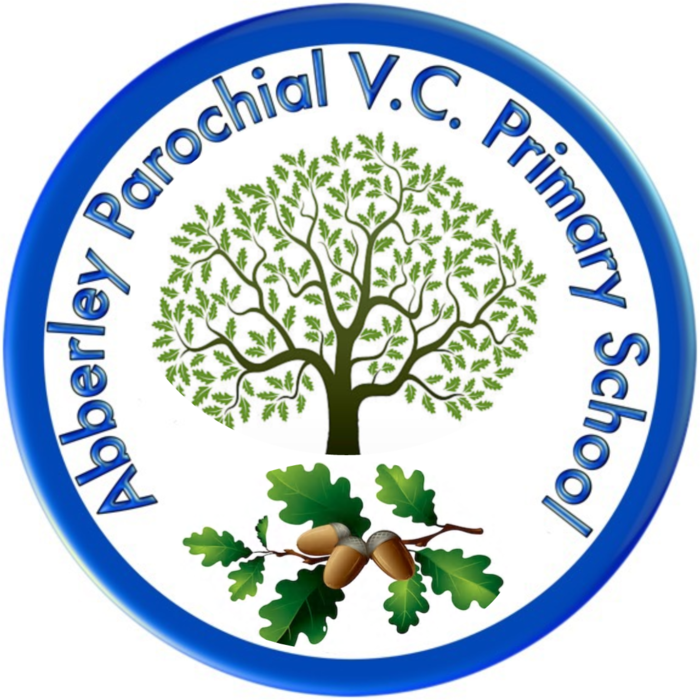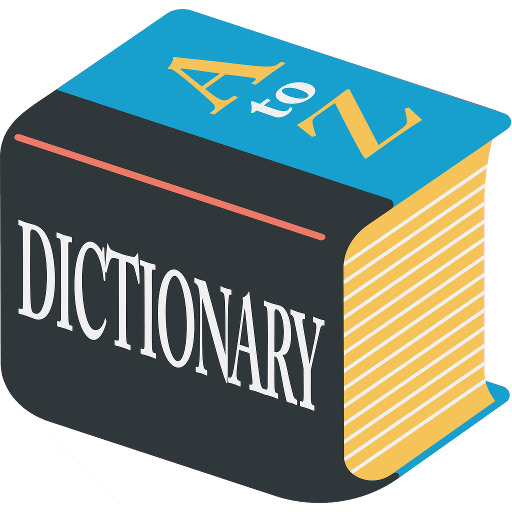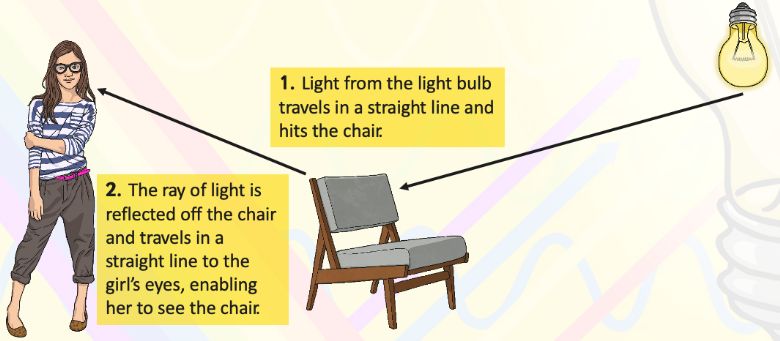Monday 1st June
English L.O: To use synonyms and antonyms to vary vocabularyActivity 1: Ask an adult or older sibling to test you on the new 10 spellings you received on Monday 18th May and make a record of your score in your home learning books . New spellings for you to be tested on next week can be found below. Activity 2: : Listen to Chapter 9 of 'The Stolen Sister' on the Learning --> Stories page of the website. Activity 3: Open up the following link: Synonyms and Antonyms. In this BBC Bite size lesson, you will explore how to use synonyms and antonyms. Watch the two video clips, read the information and complete the 3 activities that follow. Here are the links to activity 2 and 3 of this lesson: |
MathsYear 5 L.O.: To add mixed numbers.Activity 1: Watch the demonstration video below for today's lesson.
Activity 2: Open the file below titled 'Y5 Maths Fluency' and answer questions 1-12. Mark your work once you are finished using the file below titled 'Y5 Maths Fluency (Answers)'. Activity 3: Open up the file below titled 'Y5 Add Mixed Numbers' and complete either the Bronze, Silver OR Gold page. Mark your answers using the file below titled 'Y5 Add Mixed Numbers (Answers)'.
Year 6 L.O.: To divide decimals by integers.Activity 1: Watch this demonstration video below for today's lesson.
Activity 2: Open the file below titled 'Y6 Maths Fluency' and answer questions 1-12. Mark your work once you are finished using the file below titled 'Y6 Maths Fluency (Answers)'. Activity 3: Open up the file below titled 'Y6 Divide Decimals and complete either the Bronze, Silver OR Gold page. Mark your answers using the file below titled 'Y5 Divide Decimals (Answers)'.
|
Science L.O: To explain how light travels to allow us to see.Activity 1: Before you start to explore this topic, have a go at answering the following questions in full sentences, in your home learning books to establish your existing understanding. I would not expect you to be able to answer all of these questions correctly, they are to help you start thinking! Recap Questions:
Activity 2: Watch this video and have a go the experiment explained towards the end of the video to get a better understanding of how light travels and allows us to see objects. Whilst you are watching, make a note (bullet point) of any interesting facts you learn about light.
Activity 3: Open the file below titled 'How We See'. Accurately draw an arrow or arrows on each image to represent light and how it travels (or redraw images with arrows) . Activity 4 (Challenge): In no more than 50 words, write a paragraph explaining how light travels and enables us to see. Try to use as many words from the word bank below as you can:
|
P.E.At a time where we all find ourselves indoors for the most of the day, we should bear in mind how important daily exercise is for our health and wellbeing, particularly our mental health. If you are able to, take your device somewhere with plenty of space (even the garden on a nice sunny day) or clear some space in front of your computer and follow along with Joe Wicks for a 30 minute workout. I will definitely be doing the same! OR alternatively, Mrs Lightfoot has uploaded some very exciting links to other online PE sessions which you can access by following this link: Alternative P.E. Ideas
|


